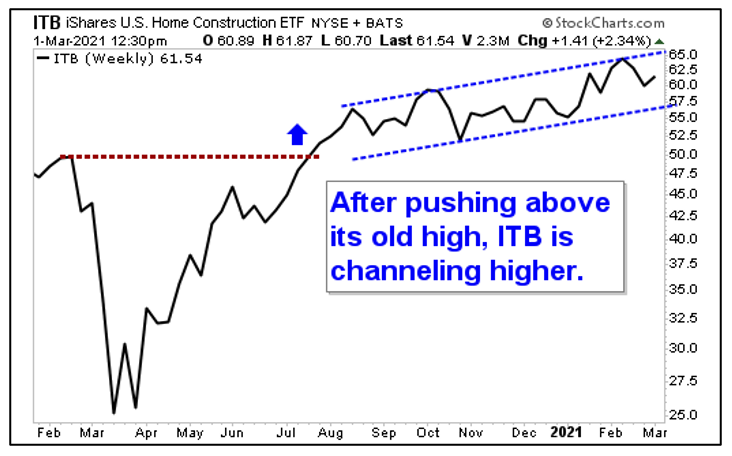A week ago, we looked at where we are in the Real Estate Cycle: The Expansion Phase.
“We need 1.62 million units a year to keep pace with organic demand,” says Marco Santarelli, chief executive of Norada Real Estate Investments in Laguna Niguel, Calif. “We’re about 370,000 units short each year.”
Santarelli added the imbalance will only get worse, as upwards of 140 million Millennials and Gen Zers move into starter homes.
The big question is … WHERE are they looking to buy?
And that’s where the pandemic has radically changed the equation.
Many of the amenities — museums, theaters, restaurants, nightlife, sports — that made living in city centers attractive have been shuttered or highly restricted for almost a year.
The result? Buyers are fleeing big cities in droves. And it isn’t just the pandemic and subsequent lockdowns that have made city living unpleasant …
Last summer, New York, Portland, Minneapolis and other cities were plagued by riots, looting and mobs demanding the defunding of police departments.
Criminals took advantage. The Big Apple, for instance, finished 2020 with a 14-year high in shootings … and a 40% increase in murders over 2019.
A trend that started before 2020 — but really picked up speed after the COVID-19 outbreak — is migration out of big cities. And not just into the suburbs, but across state lines …
That’s because working remotely has enabled people to basically pick up and go wherever they want, as long as they have internet access. They can now exchange crowds and cramped apartments — not to mention the next potential virus — for roomier and more affordable living with plenty of fresh air.
They can now live and work where they hoped to retire one day.
That’s why we’re seeing the greatest increases in home values in the suburbs, exurbs and even rural America. Call it the “new hillbilly” movement.
Plus, very low mortgage rates have kept homes affordable despite rising prices.
Mary Jo Santistevan of Berkshire Hathaway HomeServices says buyers are flooding into Arizona from congested cities in California, Washington state and the Midwest. They’re looking to take advantage, not just because of low home prices, but also due to low property taxes and a better quality of life. At the same time, they’re confronting tight inventories … now teetering on a one-month supply or even less in some areas.
In Maine, 15 of the state’s 16 counties experienced a 10% increase in median home prices in 2020, according to Aaron Bolster, president of the Maine Association of Realtors. Some of those counties saw jumps of 20% or more.
“We already knew Maine was popular,” Bolster said. “More than 32 million people visit between Memorial Day and Labor Day. They don’t typically come at this time of year. But in a pandemic, it’s a safe place to be. The population density is very low and teleworking suddenly got popular in 2020.”
Bolster said 25% of buyers in 2019 came from out of state. Last year, that number rose to 33%. Without a large housing stock to begin with, available listings got siphoned off quickly as out of state buyers bid up prices.
Currently, there are only 6,000 homes for sale in the entire state. And half of them are under contract.
Then there’s my friend Wil (who also goes by the name Billy, by the way). He works remotely for us from his home in Tennessee hill country. And he’s seeing more and more guests at his Airbnb looking to buy property in the area.
Add it all up, and it’s basically the New Gilded Age for the construction industry.
Homebuilder confidence rose one point to a score of 84 in February. For reference, anything above 50 is considered positive sentiment.
A year ago the index was at 74. It dropped during the initial lockdowns after the pandemic struck but soared higher as demand for single family homes skyrocketed.
You can play this trend as an investor. To get in on some of the action, consider iShares U.S. Home Construction ETF (BATS: ITB).
You can see that ITB pushed above its old high from last year and is now channeling higher.
In addition to homebuilders, this fund includes companies related to the homebuilding industry, such as The Home Depot, Inc. (NYSE: HD). And ITB has a low expense ratio at 0.42%.
All the best,
Sean





